Tonight, we bring to you news that just won’t die. The HTC Nexus tablet is becoming more and more of a reality. So real in fact that sources say consumers should see this product in the fourth quarter of this year. HTC products keep jumping to the top of my list this year; first it was the HTC smartwatch and now it’s the Nexus family HTC tablet.
This tablet has several names floating around out there. For starters, we have Volantis which is found at Dictionary.com listed as a small constellation. This name significant in the fact that it is similar to the names of HTC’s previous tablets the HTC Flyer and HTC Jetstream. Then there is Flounder, which is sad for a codename since it means something struggling in shallow waters (I’m not a fan of this one). And then there is a possible real title of the Nexus 9 which coincides with the screen size of said device and follows the pattern of previously launched Nexus tablets. All of which are subject to change many times before the real deal is announced publicly.
Whatever this tablet is called, a minimum requirement of specs have been leaked to our source for this article and are as follows:
- 8.9″ Display at 2048×1440 (281 ppi) 4:3 aspect ration
- NVIDIA Logan 64-bit processor (Tegra K1)
- 2GB RAM
- 16/32GB internal storage
- 8MP OIS main camera, 3MP front facing camera
- Aluminum zero-gap construction
- Stereo front-facing speakers
- 8.91″x5.98″x0.31″ body
- 418g (or 427g with LTE)
We have some hopes these specs are simply a baseline and are subject to change much like the speculated names mentioned earlier. For instance, the source has listed 281 ppi, but a more desired pixel range would be something like, 400 pixels per inch. Also, we have known HTC to use NVIDIA processors before, but more recently HTC has relied upon the power of Qualcomm and the Snapdragon line of processors for smartphones. Maybe Qualcomm didn’t have something ready in time for HTC to use or Google has some special requirement for NVIDIA processors although we are talking about a 64-bit processor in this case.
The picture in this article was used on the source’s article, but they make obvious mention that this could be an early stage design that will most likely not make production since it doesn’t visibly have the listed front facing speakers and the zero-gap construction is not present with this excellent mash up of multiple devices.
Prices for my next tablet, I mean this future Nexus tablet call the Volantis / Flounder / Nexus 9 are in the area of $399 for 16 GB and $499 for a 32 GB model. The price is a little high for a Nexus device, but the specs are somewhat premium and deserving of a premium price to compete with similar Apple products.
Would you buy this HTC tablet with the Nexus name or are you holding out for a tablet made by HTC with HTC proprietary software on board? Those speakers are such an icon for HTC devices and should be easily recognized by consumers all around.
Source: AndroidPolice




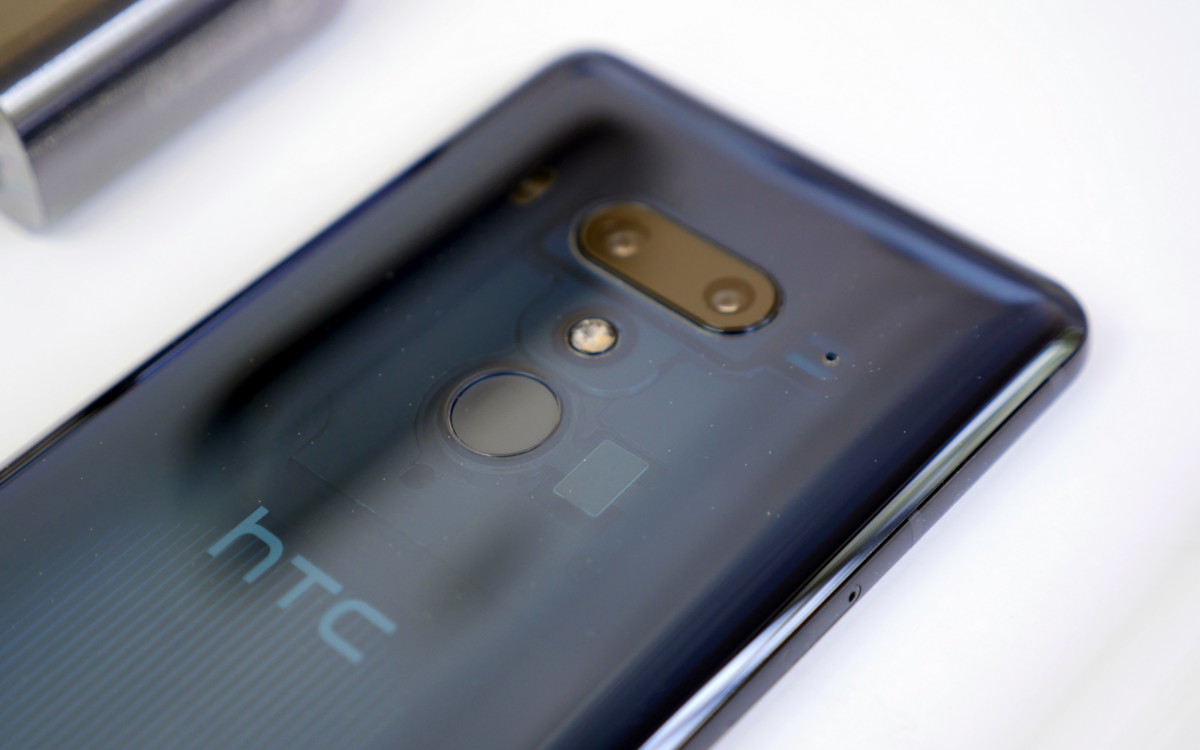
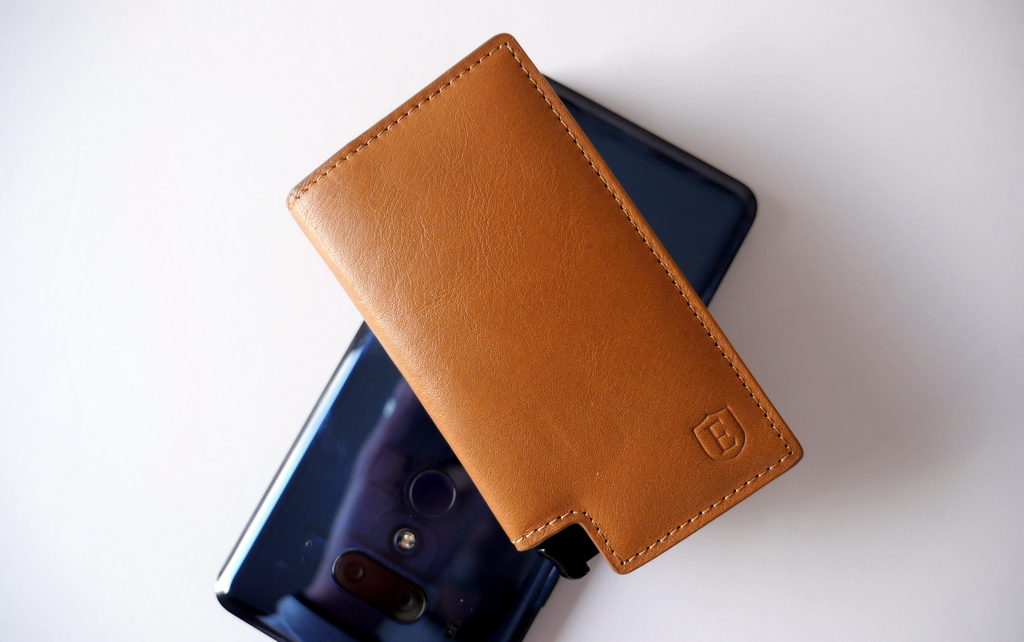

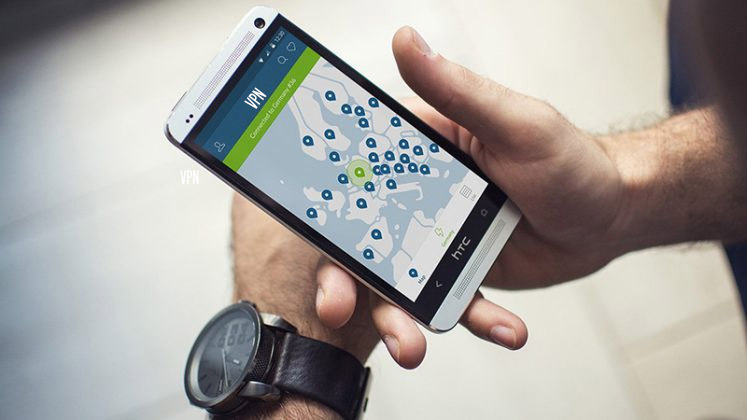


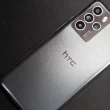
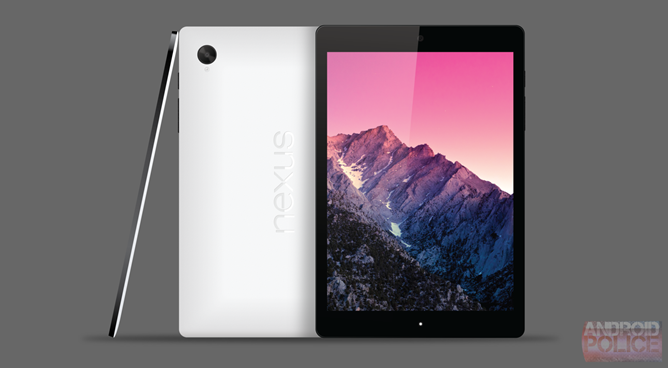
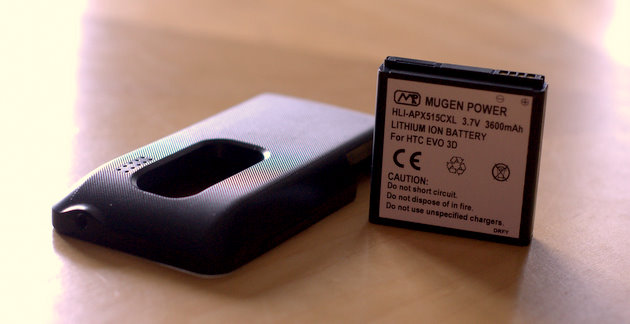
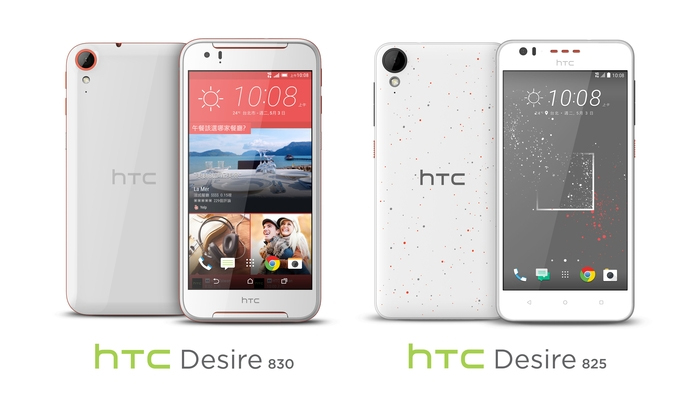
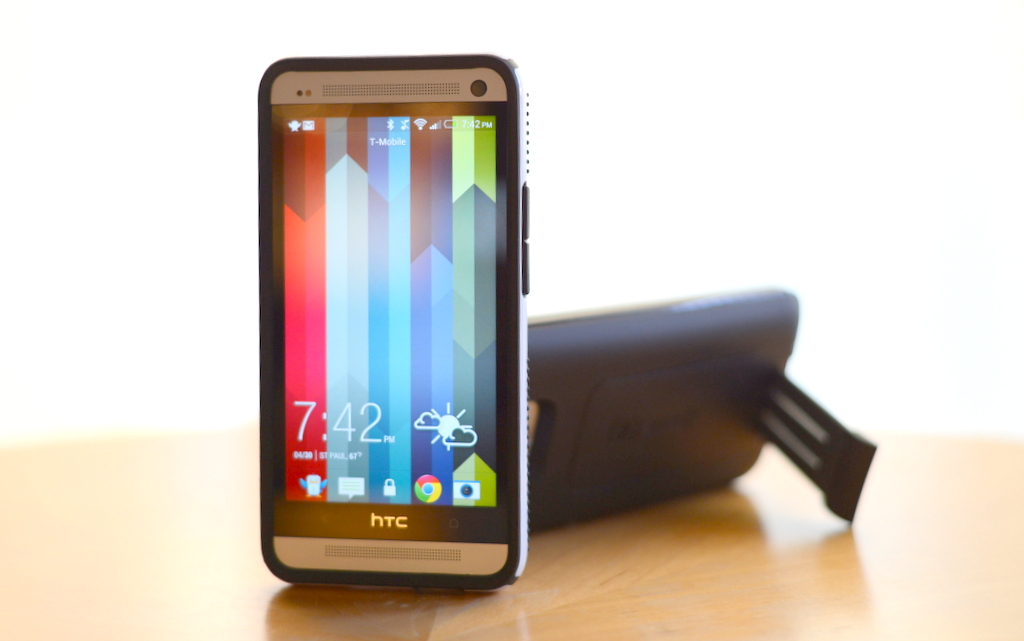
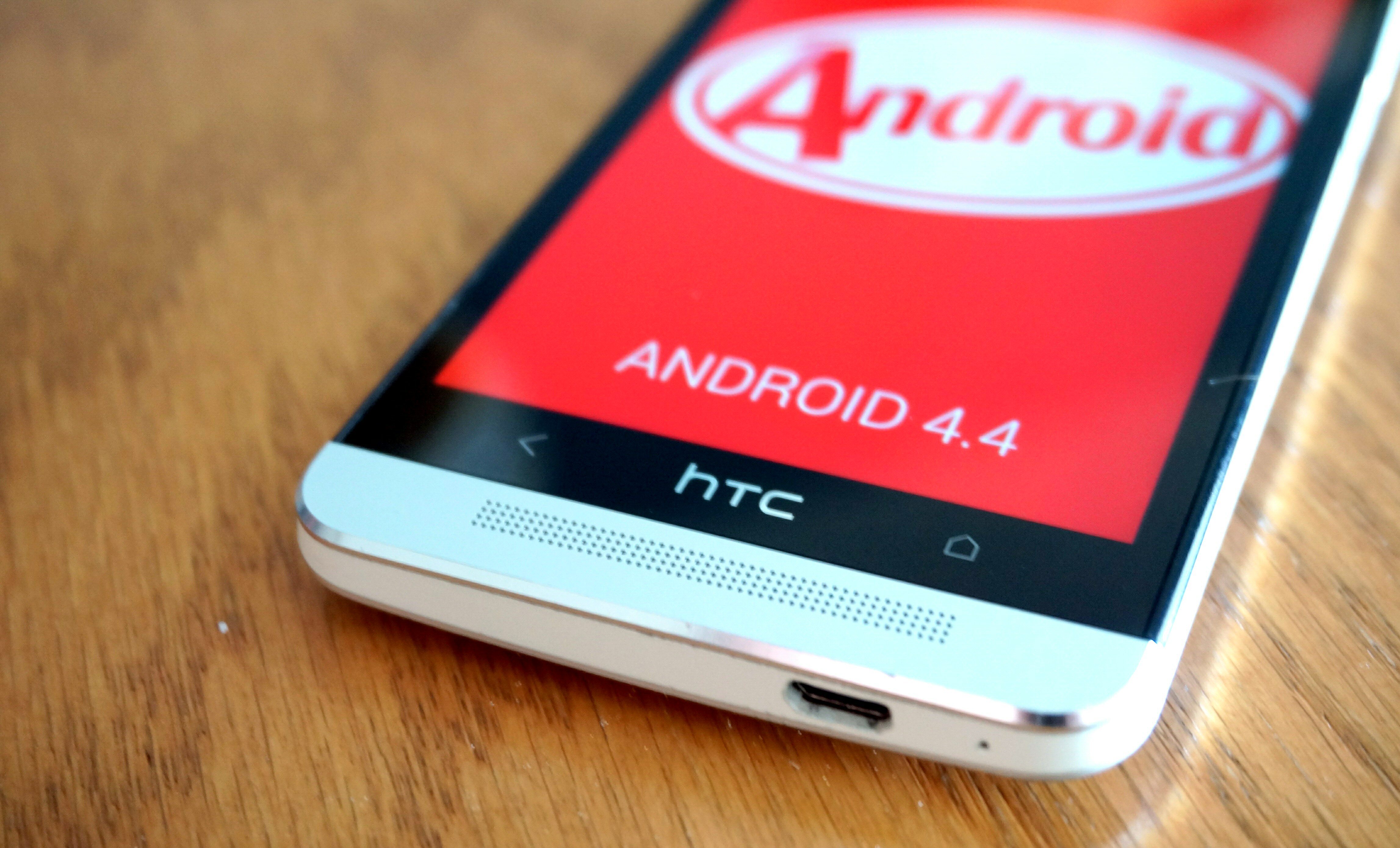
Definitely in the market for a new tablet. HTC can pull off similar design and build quality of the One M8. Take my money! I would be willing to pay $200 bucks more for good specs and HTC build quality.
I would rather buy a HTC Tablet with Sense. But I think it will sells more with a Nexus branding
this will probably be available with htc sense apps on the play store.
“For starters, we have Volantis which is found at Dictionary/com listed as a small constellation.”
The word Volantis in HTC’s Volantis (Flounder/Nexus 9) 8.9″ tablet could stand for beta Volantis, the brightest star in the Piscis Volans constellation.
Piscis Volans means “the flying fish”.
Tim Cook compared the Microsoft Surface to a car that flies and floats (less likely to do all things well).
A flying fish would fly and float.
It has a more narrow 4:3 aspect ratio, which is more suitable for general work (reading, writing, browsing, programming, image editing, etc.).
This is opposed to a wider 16:9 aspect ratio, which is more suitable for watching videos.
(In the “Google I/O 2013 – Cognitive Science and Design” talk, the speaker says that experiments show that people can be faster with reading longer lines, but a lot of people prefer, and are more comfortable with reading shorter and more narrow lines: youtube/z2exxj4COhU?t=23m29s).
Google announced at I/O that Android apps will be coming to Chrome OS.
The specs on the tablet (Tegra K1 64-bit) are powerful enough to handle Chrome OS.
Android Police reports that Volantis may come with official accessories like a keyboard case, and keyboards are currently and mainly used for Chrome OS, not Android.
It’s pure speculation, but maybe Volantis could be a device that dual-boot’s Chrome OS and Android, and if not, it could function in a hybrid fashion like the Microsoft Surface?